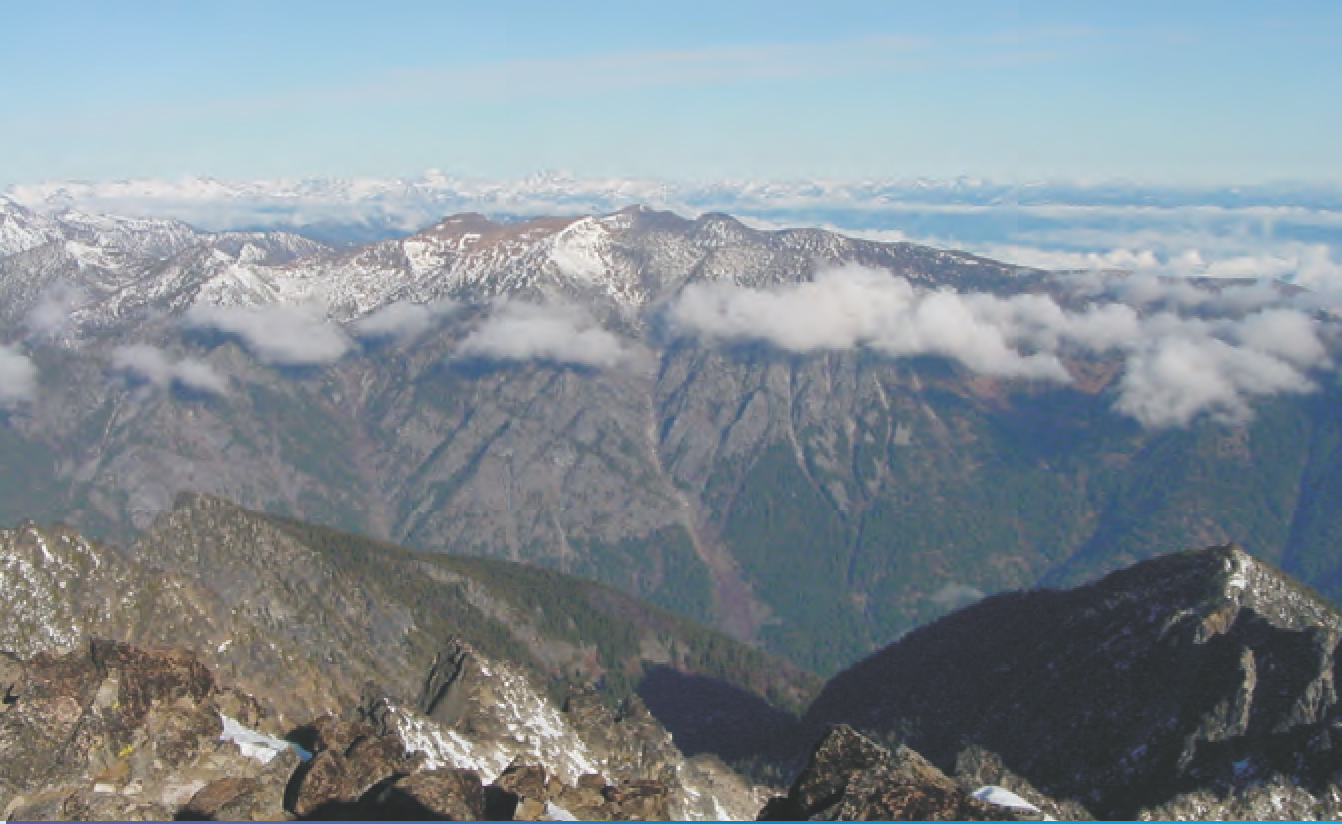South Dakota Vies for Underground Lab, Scientists Seek Backup Sites
DOI: 10.1063/1.1688063
Keen to bolster the economic and science bases in his state, South Dakota Governor Mike Rounds has a new strategy for brokering the conversion of the Homestake gold mine near the Black Hills town of Lead into an underground lab. Not content to wait, however, some proponents of a National Underground Science and Engineering Laboratory are scoping for backup sites. But these latest twists are unlikely to rush NSF—the key to realizing NUSEL. An underground lab is “a stunning opportunity for science,” but the agency “has its procedures,” says Michael Turner, NSF assistant director for mathematical and physical sciences. “Big projects don’t happen overnight.”
A deep, multipurpose research facility, NUSEL would shield neutrino, dark-matter, and other sensitive experiments from cosmic rays. It would also enable studies involving fluid flow, rock deformation, and microbial life at extreme temperatures. Several blue-ribbon panels have endorsed the idea of an underground lab, and in spring 2003, NSF selected Homestake as the best site. Ironically, just weeks later, in June, the mine’s owner, Barrick Gold Corp, ceased pumping out water (see Physics Today, August 2003, page 24
Barrick is eager to donate the abandoned mine, but only if it’s sure to be used for science. “It’s which comes first, the chicken or the egg?” says Rounds. To satisfy Barrick and also assure NSF of the mine’s availability, the governor proposes to set up an authority to accept ownership of, and liability for, the mine and to pay for its refurbishment by issuing $95 million in bonds—repayable by NSF within five years. The governor has an additional $10 million in federal funds for the mine conversion and says he can raise $10 million more from the state.
The $115 million would be used to dry out the mine and to modernize its ventilation and power systems, hoists, shafts, and other infrastructure so that experiments could get started down to about 1500 meters. Another $200 million or so would be needed to prepare access to the mine’s full depth of around 2400 meters. These figures do not include the cost of digging new caverns or of the experiments.
US researchers mostly travel to Canada, Italy, Japan, and Russia to engage in subterranean science, and they’re eager to have their own lab. “Homestake has a clear advantage financially, and in terms of the timetable, there is no competition,” says the University of Pennsylvania’s Kenneth Lande. Adds nuclear astrophysicist Wick Haxton, “All of us are kind of waiting to see if the next step at Homestake can be taken. We want to be prepared if a showstopper occurs.”
Last summer, Haxton and some of his colleagues at the University of Washington scoured the western states for new sites, and they’re now preparing a proposal to put the underground lab at Icicle Creek in Mt. Cashmere, about 200 kilometers east of Seattle. Among Icicle Creek’s advantages, says Haxton, are drive-in access, being on national forest lands, and existing tunnels—“so there won’t be any geological surprises.” The site joins San Jacinto in California, the Soudan mine in Minnesota, and others as a potential NUSEL host.
The flooding of Homestake also complicates matters. Whether pumping out the water would adequately restore the mine is debatable. “It depends which engineers you talk to,” says Caltech’s Barry Barish, who headed a 2002 National Research Council study that gave a stamp of approval to underground science. “The flooding changed things. At the very least, NSF has to reopen the process to see whether Homestake is still the best site.”
“I am looking forward to working with the community to make this wonderful science opportunity a reality,” says NSF’s Turner. “But realistically, when you spend hundreds of millions of dollars, it takes a while to pass through the review hurdles. It will be years, not months.” Ticking off rival projects such as the Large Synoptic Survey Telescope, the Thirty Meter Telescope, and an upgrade for the Laser Interferometer Gravitational Wave Observatory (LIGO), Turner adds that NUSEL “is going to have to compete against other exquisite science. I don’t think it makes a difference that the proponents are anxious to get the science done. If they weren’t, I’d be disturbed.”

Icicle Creek in Washington State is the latest contender for hosting a national underground lab.
ERIC HOFFMAN

More about the Authors
Toni Feder. tfeder@aip.org
